8 Natural pain relief medications you should know about

By Bob Rodgers
In today’s world, dominated by pharmaceutical chemicals, it’s easy to forget the humble origins of pain relief. Long before the advent of modern medications, our ancestors turned to the bounty of nature for relief in times of discomfort. Plants, with their subtle yet effective properties, served as the earliest form of pain relief, offering respite in times of agony.
While the potency of these natural remedies may not rival that of contemporary pharmaceuticals, they do possess a unique ability to take the edge off when discomfort strikes. However, it’s essential to temper expectations and acknowledge the inherent limitations of these botanical anesthetics. They may offer relief, but they cannot match the concentrated power of their man-made counterparts.
⇨ Click Here To Get The 10 Medicinal Plants You Need To Have In Your Backyard
So, let’s delve into the world of natural pain relief, uncovering some of the plants that have long been revered for their soothing qualities. Though they may not provide the instantaneous relief of modern medications, their gentler approach holds its own merits.
Plants with pain relief properties
Arnica
Arnica (Arnica montana), a perennial herb native to Europe and North America, has been used for centuries as a natural remedy for pain relief and inflammation. The plant contains compounds such as sesquiterpene lactones, flavonoids, and thymol derivatives, which are believed to possess analgesic and anti-inflammatory properties.
Arnica is commonly used topically in the form of creams, ointments, or gels to alleviate muscle aches, bruises, sprains, and joint pain. When applied to the skin, a salve made from this plant helps reduce swelling, soothe sore muscles, and promote faster healing.
⇒ A Natural DIY Antibiotic Salve Recipe to Keep Around
Note: Avoid using arnica on broken skin or open wounds to prevent irritation.
Cayenne Pepper
Cayenne pepper, derived from the Capsicum annuum plant, is a potent spice known for its fiery flavor and medicinal properties. The active component in cayenne pepper, capsaicin, is responsible for its analgesic effects. Capsaicin works by desensitizing nerve receptors in the skin, leading to a temporary numbing sensation and pain relief.
Topical preparations containing capsaicin, such as creams and patches, are commonly used all over the world to alleviate various types of pain, such as arthritis, neuropathy, and muscle soreness. When applied to the skin, cayenne pepper creams can help reduce pain signals sent to the brain, providing relief from discomfort.
Note: Cayenne pepper creams should be used with caution because they can cause a burning sensation upon application. Also, avoid applying cayenne pepper to broken or irritated skin, and wash your hands thoroughly after use to prevent accidental contact with sensitive areas, such as the eyes or mucous membranes.
Horehound
Horehound (Marrubium vulgare) is a perennial herbaceous plant native to Europe, Asia, and North Africa. It has a long history of use in traditional medicine for its various health benefits, including its potential as a natural remedy for respiratory issues and digestive disorders. Horehound contains several bioactive compounds, including marrubiin, which is believed to possess anti-inflammatory and expectorant properties.
When it comes to pain relief, horehound is often used to alleviate sore throats and coughs associated with respiratory infections or irritation. In fact, it was the main ingredient used in cough candy, and it’s still being used today. The plant’s compounds have soothing properties and help reduce inflammation in the throat while providing relief from discomfort. Horehound can be consumed as a tea, syrup, or tablet (there are many recipes online for making your own) to help ease throat pain and promote respiratory health.
⇒ 800+ Medicinal Plants And Remedies That Might Be Growing Around Your House
Note: Individuals with certain medical conditions or allergies should exercise caution when using horehound. Ask your doctor if you should be using the plant if you know you suffer from allergies or other health conditions.
Purple Poppy-Mallow
Purple poppy-mallow (Callirhoe involucrata) is a flowering perennial plant native to North America. While it is primarily valued for its ornamental beauty, purple poppy-mallow has also been used in traditional medicine for its potential health benefits. The plant contains various phytochemicals, including flavonoids and tannins, which are believed to contribute to its medicinal properties.
To provide pain relief, the plant is sometimes used topically as a poultice or infused oil to alleviate skin irritations, minor wounds, and insect bites. The plant’s anti-inflammatory and astringent properties help reduce swelling, soothe irritation, and promote healing.
Note: Exercise caution when using the plant if you are pregnant or breastfeeding.
Snakeroot
Snakeroot refers to several different plants within the Ageratina and Eupatorium genera, many of which have been traditionally used in herbal medicine for their potential medicinal properties. One notable example is Ageratina altissima, also known as White Snakeroot, which is native to North America. The plant contains various compounds, including tremetol and polyphenols, which are believed to contribute to its therapeutic effects.
Historically, snakeroot has been used to alleviate various ailments, including fever, digestive issues, and pain. It has also been used topically to treat skin conditions such as wounds, rashes, and insect bites. Some studies suggest that certain compounds found in the plant may have analgesic and anti-inflammatory effects.
Note: Some species of snakeroot contain toxic compounds, such as tremetol, which can be harmful if ingested in large quantities. Caution should be exercised when using snakeroot for medicinal purposes, and consulting with a healthcare professional is highly recommended.
Wild Parsnip
Wild parsnip (Pastinaca sativa) is a biennial plant native to Europe and Asia, but it has naturalized in many parts of North America. While it is primarily known as a culinary herb, wild parsnip has also been used in traditional medicine for its potential health benefits. The plant contains various bioactive compounds, including furanocoumarins and flavonoids, which are believed to possess medicinal properties.
Wild parsnip has been used topically to alleviate skin conditions such as burns, cuts, and rashes. The plant’s anti-inflammatory and antiseptic properties may help reduce swelling, soothe irritation, and promote wound healing.
Note: Wild parsnip can cause phytophotodermatitis, a skin condition that occurs when the skin comes into contact with the plant’s sap and is subsequently exposed to sunlight. This can result in blistering, redness, and skin discoloration. As such, caution should be exercised when handling wild parsnip, and protective measures should be taken to prevent skin contact with the sap.
Willow bark
Willow bark, derived from the bark of various species of willow trees, has a long history of use in traditional medicine for its pain-relieving properties. The bark contains salicin, a compound that is converted to salicylic acid in the body, which is similar to the active ingredient found in aspirin. Salicylic acid is known for its analgesic and anti-inflammatory effects.
Historically, willow bark has been used to alleviate pain associated with conditions such as headaches, muscle aches, and arthritis. It is often consumed orally in the form of teas, tinctures, or capsules. Additionally, topical preparations containing willow bark extract may be applied to the skin to relieve localized pain and inflammation.
Note: Willow bark is generally considered safe for short-term use, but excessive consumption may lead to gastrointestinal irritation and other adverse effects. If you are allergic to aspirin or are taking blood-thinning medications, you should avoid using willow bark.
Wintergreen
Wintergreen (Gaultheria procumbens) is a perennial evergreen shrub native to North America. The plant contains methyl salicylate, a compound with analgesic and anti-inflammatory properties similar to those found in aspirin. Wintergreen has a characteristic minty aroma and flavor and has been used in traditional medicine for its pain-relieving and soothing effects.
Topical preparations containing wintergreen oil or extract are commonly used to alleviate muscle aches, joint pain, and headaches. The oil can be applied directly to the skin or diluted with a carrier oil for massage. The cooling sensation of wintergreen oil can help reduce pain and inflammation, making it a popular remedy for sore muscles and arthritis.
Note: Wintergreen oil should be used with caution, since excessive or prolonged exposure can lead to toxicity. Methyl salicylate can be absorbed through the skin and may cause adverse effects such as skin irritation, blistering, and systemic toxicity if ingested. Wintergreen oil should never be ingested or applied to broken skin, and it should be kept out of reach of children and pets.
Here is a pain relief salve recipe you can try
Ingredients:
- 1/2 cup carrier oil (such as olive oil, coconut oil, or almond oil)
- 2 tablespoons dried arnica flowers
- 1 tablespoon dried cayenne pepper
- 1 tablespoon dried wintergreen leaves
- 2 tablespoons beeswax pellets or grated beeswax
Optional: a few drops of essential lavender oil for fragrance
⇒ Buy Here Lavender Seeds And Other Seeds You Need To Start Your Medicinal Herb Garden
Directions:
- In a clean, dry glass jar, combine the carrier oil with the dried arnica flowers, cayenne pepper, and wintergreen leaves. Stir well to ensure the herbs are fully coated with the oil.
- Seal the jar and place it in a warm, sunny spot to infuse for 2-4 weeks, shaking it gently every day to redistribute the herbs.
- After you let it infuse, strain the oil through a fine mesh sieve or cheesecloth to remove the herbs, pressing down to extract as much oil as possible.
- In a heatproof bowl set over a pot of simmering water, melt the beeswax pellets into the infused oil, stirring until fully combined.
- Once the beeswax is melted, remove the mixture from heat and add a few drops of optional essential oil for fragrance, if desired. Stir well to distribute the fragrance evenly.
- Carefully pour the salve into clean, dry containers, such as small jars, and allow it to cool and solidify completely before sealing the containers with lids.
How to use:
Simply apply a small amount to the affected area and massage it gently into the skin. Avoid applying to broken skin or sensitive areas, and wash your hands thoroughly after use to prevent accidental contact with eyes or mucous membranes.
Store the salve in a cool, dark place when not in use, and discard if it develops an off odor or appearance.
Concluding
So there you have it, a selection of plants that can provide pain relief when conventional medicine is unavailable. Many of these plants can be readily found in the wild, and their widespread distribution ensures accessibility for nearly everyone. Conduct your own research to determine if these plants thrive in your region.
Medicinal Garden Kit is created by Dr. Nicole Apelian, who is a mother, a naturalist, a trainer in survival skills, and a Ph.D. holder. Her undergraduate education was in Biology at McGill University, and she continued her herbal studies. Her life was spent among one of the most ancient cultures of the world, the San Bushmen. For the past 20 years, Dr. Nicole has been dealing with her Multiple sclerosis by using natural remedies and medicinal plants she grows in her backyard. She has also survived 57 days all alone in the wild, which was later featured on a history TV channel. Her journey from a wheelchair to living the fullest life. Whenever she has any health issue like headache, body pain, fever, or infection, she turns towards her little backyard pharmacy.
You can get the Medicinal Garden Kit HERE!
Anyone can join.
Anyone can contribute.
Anyone can become informed about their world.
"United We Stand" Click Here To Create Your Personal Citizen Journalist Account Today, Be Sure To Invite Your Friends.
Lion’s Mane Mushroom
Mushrooms are having a moment. One fabulous fungus in particular, lion’s mane, may help improve memory, depression and anxiety symptoms. They are also an excellent source of nutrients that show promise as a therapy for dementia, and other neurodegenerative diseases. If you’re living with anxiety or depression, you may be curious about all the therapy options out there — including the natural ones.Our Lion’s Mane WHOLE MIND Nootropic Blend has been formulated to utilize the potency of Lion’s mane but also include the benefits of four other Highly Beneficial Mushrooms. Synergistically, they work together to Build your health through improving cognitive function and immunity regardless of your age. Our Nootropic not only improves your Cognitive Function and Activates your Immune System, But it benefits growth of Essential Gut Flora, further enhancing your Vitality.
Our Formula includes:
Lion’s Mane Mushrooms which Increase Brain Power through nerve growth, lessen anxiety, reduce depression, and improve concentration. Its an excellent adaptogen, promotes sleep and improves immunity.
Shiitake Mushrooms which Fight cancer cells and infectious disease, boost the immune system, promotes brain function, and serves as a source of B vitamins.
Maitake Mushrooms which regulate blood sugar levels of diabetics, reduce hypertension and boosts the immune system.
Reishi Mushrooms which Fight inflammation, liver disease, fatigue, tumor growth and cancer. They Improve skin disorders and soothes digestive problems, stomach ulcers and leaky gut syndrome.
Chaga Mushrooms which have anti-aging effects, boost immune function, improve stamina and athletic performance, even act as a natural aphrodisiac, fighting diabetes and improving liver function.
Try Our Lion’s Mane WHOLE MIND Nootropic Blend 60 Capsules. Today Be 100% Satisfied Or Receive A Full Money Back Guarantee Order Yours Today By Following This Link.




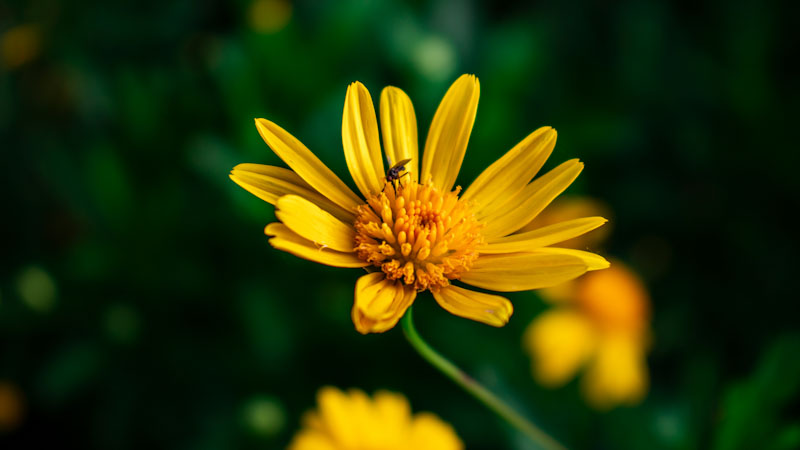
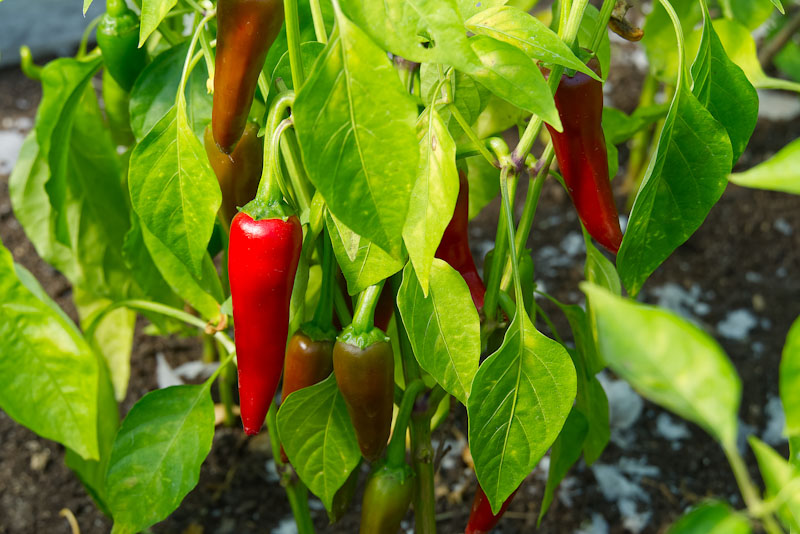
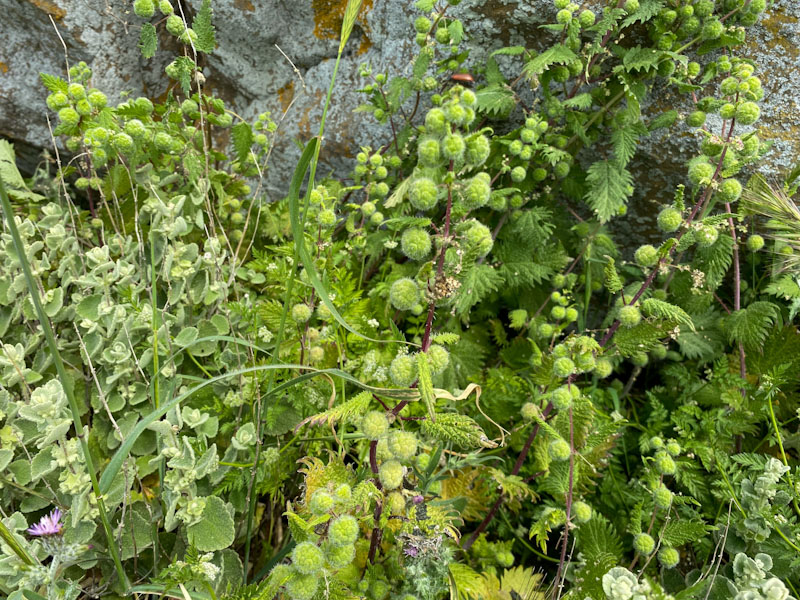
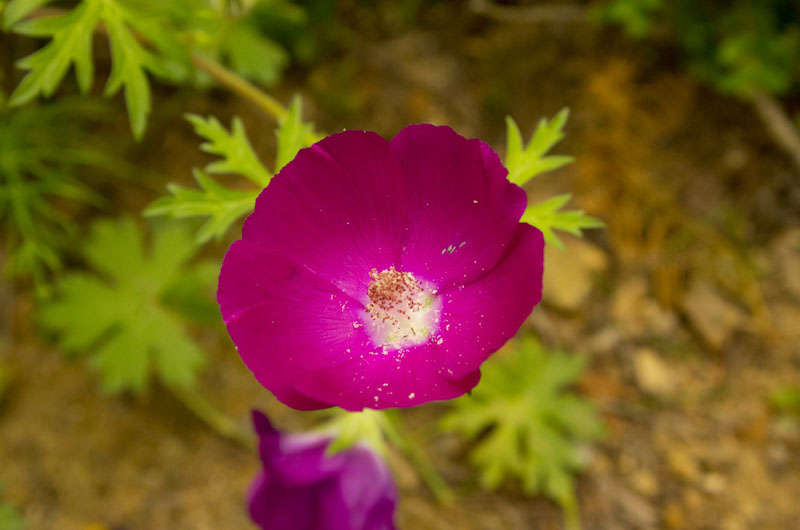
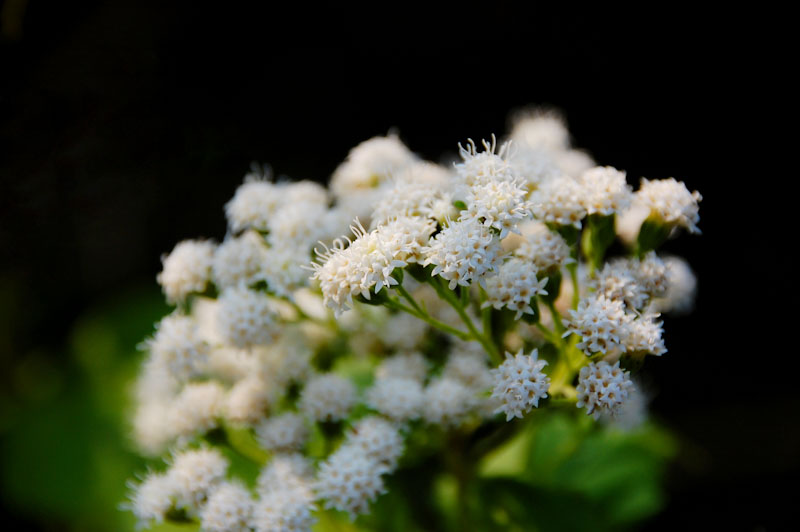
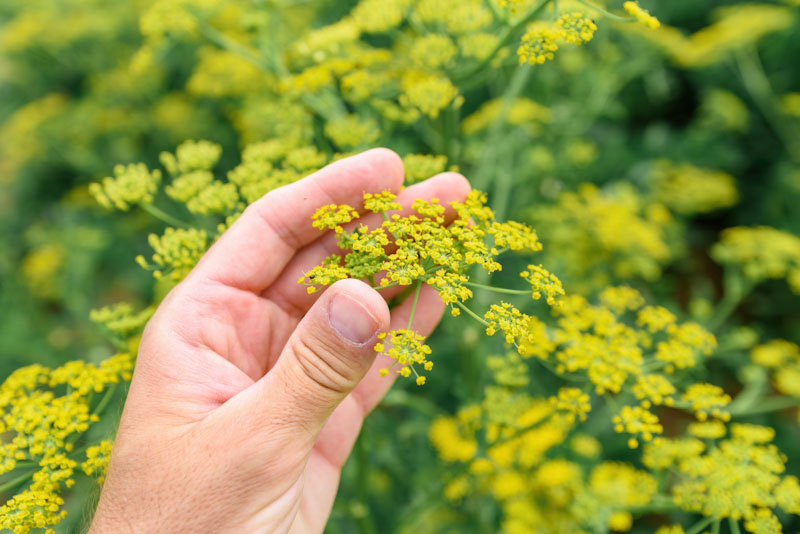
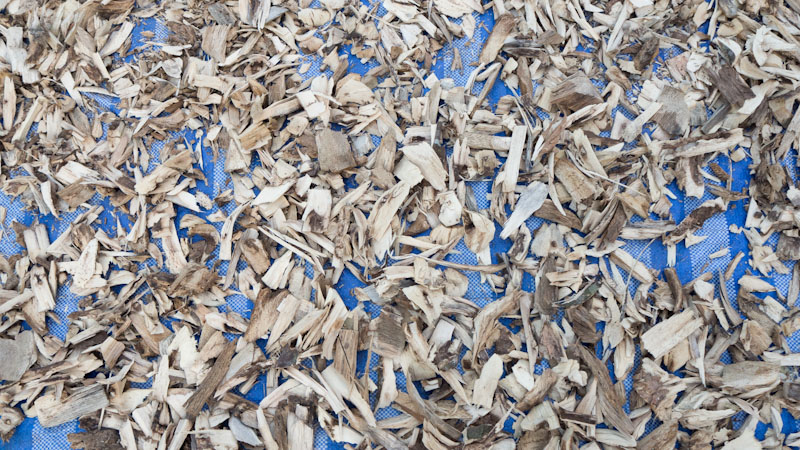
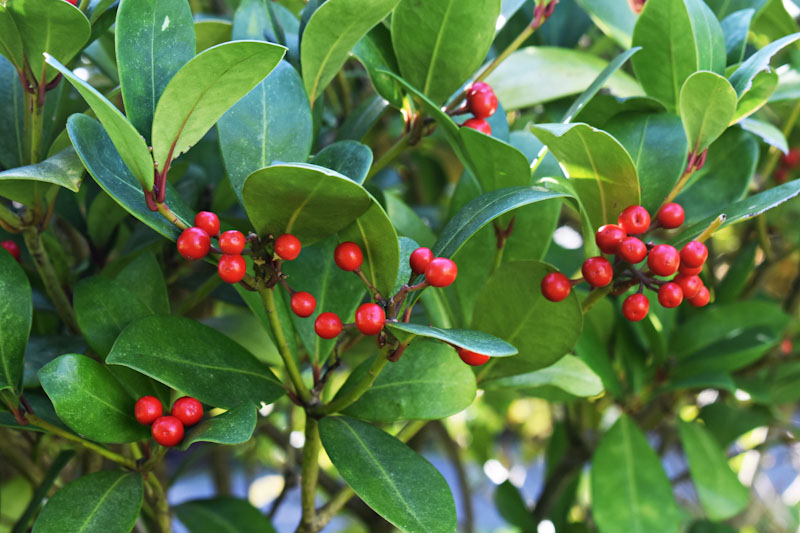
(1).jpg)


